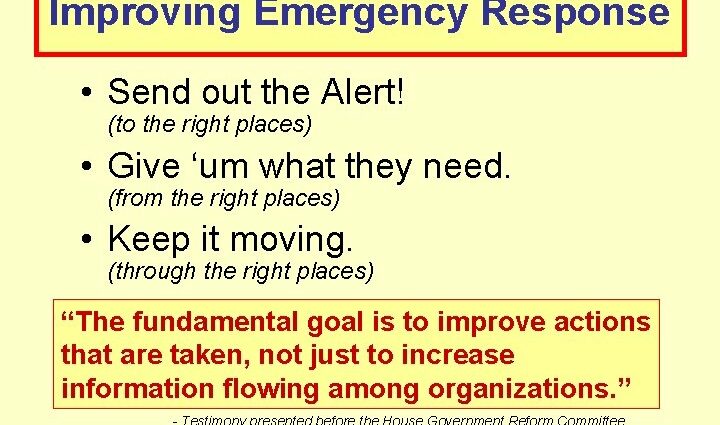He can’t breathe anymore
He swallowed something. This peanut or a small piece of a game is preventing him from breathing. Lay your infant face down on your knees, head slightly lower. Tap firmly with the flat of the hand between his shoulder blades so that it evacuates what bothers him. If he’s over 1 year old, sit him on your lap with your back against you. Apply a fist under his breastbone (between the base of the thorax and the navel) and join your two hands. Press firmly from bottom to top, several times in a row, to try to clear the obstacle in the airway.
He drowned. Put him on his back and blow twice into his mouth and nostrils before doing a cardiac massage by resting your two thumbs on his breastbone fifteen times quickly. Repeat this sequence (15; 2) until help arrives. Even if he is breathing spontaneously, he may have inhaled water, accompany him to the hospital emergency room as complications are always possible.
He inhales loudly, complains of his throat, has a cough similar to barking. Your child may have laryngitis, an inflammation of the larynx that prevents him from breathing properly. Carry your child into the bathroom. Close the door and turn on the hot water tap as far as possible. The vapor that emerges from it and the ambient humidity will gradually reduce the edema which makes it difficult for him to breathe. If it is more difficult to breathe out, that he wheezes while breathing, it may be an asthma attack. His life is not in danger. Sit your child on the floor with his back against a wall, loosen his clothes to facilitate his breathing, reassure him and call your doctor.
Wounds and sores
He fell on his head. Fortunately, these falls are most often not serious. However, for 24 to 48 hours, observe your child and if he falls asleep, do not hesitate to wake him up every three hours to see if he is responding to you. At the slightest abnormal sign (vomiting, convulsions, bleeding, extreme pallor, loss of balance) take him to the emergency room.
He broke his wrist, his arm. Immobilize his limb against the thorax, the elbow bent at a right angle. Take a piece of fabric folded into a triangle and tie it behind his neck, or turn the bottom of his polo shirt until it completely wraps around his forearm.
He cut his finger. Lay it flat. If their finger is detached, put it in a sealed plastic bag, then cover it with ice. While waiting for the firefighters, disinfect the wound, cover it with a bandage with compresses and give your child paracetamol (15 mg per kg of weight) to reduce the pain. Especially no aspirin which would prevent the blood from clotting.
In case of convulsions and toxicity
He is having convulsions. They are very impressive, but mostly harmless. Usually due to a sudden rise in fever, they last less than five minutes. In the meantime, keep your child away from anything that could hurt him and put him in a safe side position, as he may vomit.
He drank a poisonous product. Immediately call the poison control center in your area and give them the name of the product. Do not try to make him vomit, do not give him anything to drink (neither water nor milk), you would encourage the passage of the toxic product into his blood.
He burned himself. Immediately douse the burn with cold water for five minutes or cover it with a towel soaked in cold water. Do not try to remove a garment stuck to the skin and do not apply anything to the burn: no fatty substance or ointment. Give him paracetamol and if the burn is deep or extensive, call for help or take him to the emergency room.
Are there first aid courses? Civil Protection organizes first aid training courses dedicated to first aid for children. Information on civil protection sites. The Red Cross also offers training throughout France. For any information, visit the website www.croix-rouge.fr |










